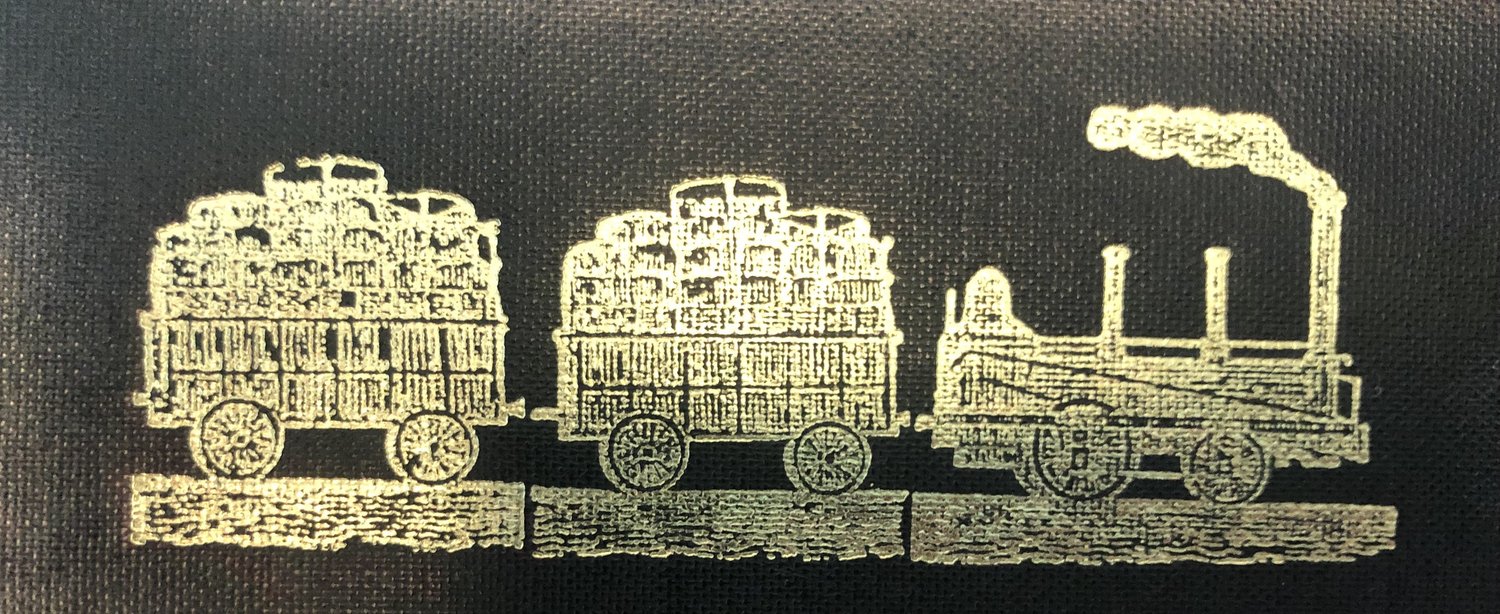Author
William C. Wooldridge
Married with two grown sons and four energetic grandchildren, the compiler, William C. Wooldridge, is a lifelong history buff and retired vice president of Norfolk Southern Railway. A graduate of Harvard College (1965) and the University of Virginia School of Law (1969), he served in Army JAG from 1969-73. He is also the author of Mapping Virginia: From the Age of Exploration to the Civil War (available from the publisher, University of Virginia Press, and from Amazon). He has served as a trustee of the Virginia Historical Society, as president of the John Marshall Foundation and of the Norfolk Historical Society, and on the boards of public radio station WHRO and of the Library of Virginia Foundation. The introduction to The Wooldridge Family includes his reflections on genealogy.
Here is an extract:
"The process of first finding, then fitting thousands of scattered, individually meaningless fossils into a coherent reconstruction of seven or eight generations of an American family does provide a worm's-eye view of the society that produced us. The whole is not just more than the sum of the parts. The parts, undiscovered and unconnected, are meaningless. The whole is the history, geography and demography of a nation. . . . In high school, I talked to my oldest relatives, but the possibility of getting behind their memories hardly occurred. A wonderful sense of discovery, of contact across the generations, came on an early trip to the Virginia archives. From out of a box materialized a late 18th century tax list with the names of Wooldridges in our part of the state. These people had actually lived. They had talked to the tax collector who wrote their names on the list in my hands. They were no longer hypothetical. Like Ezekiel, you rejoice in the dry bones coming together, bone to bone, and the sinews and flesh coming upon them, and the breath coming into them, and the dry bones living. The dry bones come up out of their graves and stand up upon their feet, an exceedingly great army."
~ pp. xxviii-xxix

